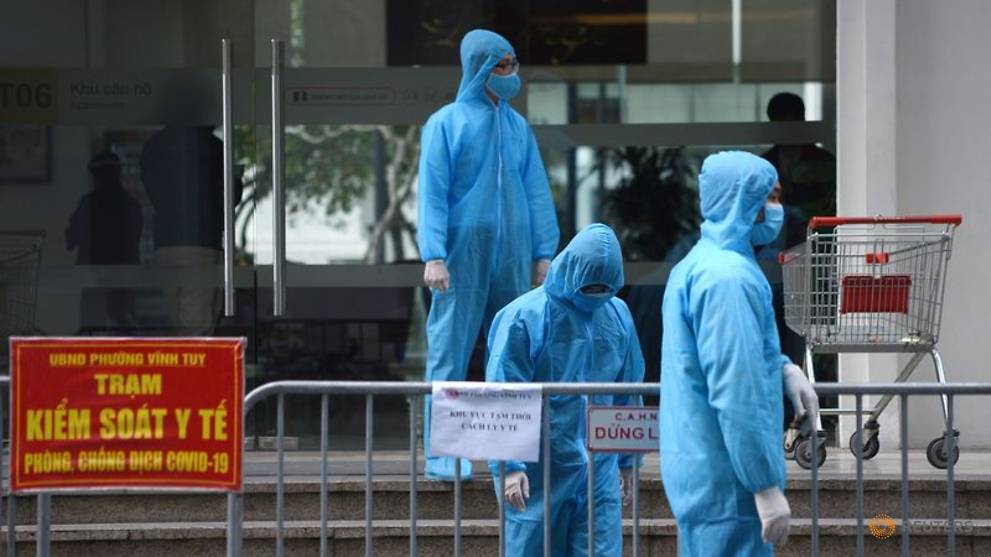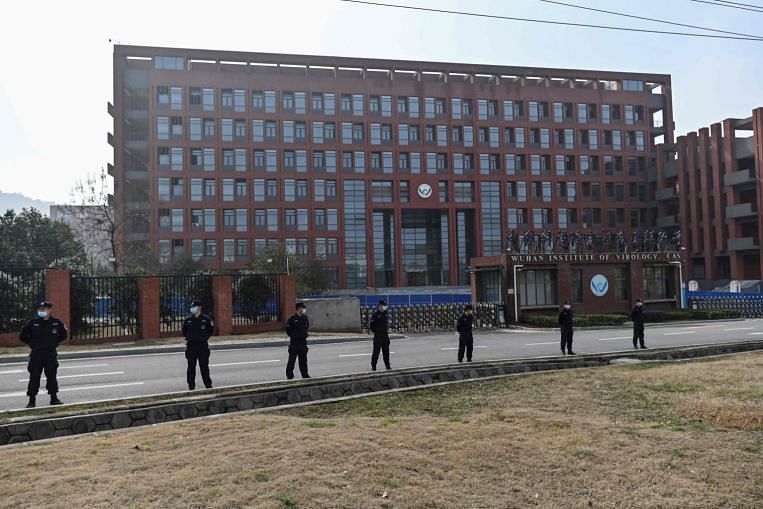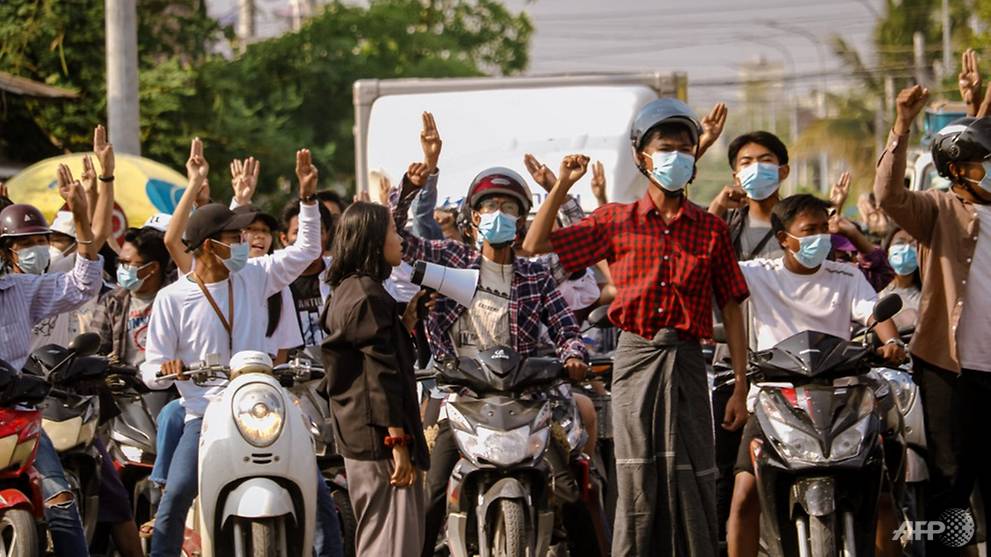EdgeProp
Sevens Group acquires Treasure Island bungalow in mortgagee sale for $12,900,128
The bungalow at 8 Treasure Island has a 27m frontage and a driveway big enough for seven cars (Photo: PropNex)SINGAPORE (EDGEPROP) - When a bungalow at 8 Treasure Island in Sentosa Cove was offered for mortgagee sale at an auction in March this year, Eric Cheng, founder and CEO of Sevens Group, a niche land- ed property developer, was riveted. (See: First mortgagee sale of bungalow on Treasure Island priced from $12.9 mil)Cheng went down to view the property: It was a bungalow sitting on a 99-year leasehold site of 8,379 sq ft, with a built-up area of 9,362 sq ft. The 21⁄2-storey detached house comes with five en suite bedrooms, a basement and a 27m frontage with a driveway for seven cars. The house has a 22m frontage along the waterway and comes with a private jetty.Sevens Group has been shopping for a bungalow at Sentosa Cove since early last year, says Cheng. Prices of bungalows at Sentosa Cove had peaked at $3,214 psf in October 2012, when a sea-facing property sitting on a land area of 10,111 sq ft along Ocean Drive, changed hands for $32.5 million. “We feel that prices at Sentosa Cove are at rock-bottom today and definitely worth a closer look,” he adds.If Sevens Group wants to redevelop or undertake extensive additions and alterations to a bungalow at Sentosa Cove, including changing the façade, Cheng’s options are limited to the bungalows developed by individual owners on individual plots sold by Sentosa Development Corp. These can be found along Ocean Drive, Cove Way and Lakeshore View on the North Cove; as well as those on the South Cove such as Cove Drive, Cove Way and Cove Grove.Among the five islands at Sentosa Cove, four were purchased by property developers: Coral Island with 21 villas and the 29-villa Paradise Island were developed by Ho Bee Land; Sandy Island, with 18 villas, was developed by YTL Land; and Pearl Island, with 19 villas by Chinese developer Ximeng Land. The façade of the bungalows has to be retained in order to conform with the other bungalows on the same island, says Cheng. That means he cannot redevelop the property or undertake façade changes to the properties on these islands.This leaves just one island, namely Treasure Island, which was purchased by a group of tycoons back in 2007, and has been developed into 19 villas. Although the 19 villas have a similar façade as they were designed by CPG Corp and completed in 2009, the individual bungalows can be redeveloped and the façade can be changed, according to Cheng.He had considered several other bungalow plots including one at Cove Drive, with a view of Tanjong Golf Course. The deal fell through, how ever, due to a mismatch in price ex- pectations between buyer and seller.The bungalow on Treasure Island has a 22m frontage with a private berth along the waterway (Photo: PropNex)8 Treasure Island: Designing a ‘trophy home’The bungalow at 8 Treasure Island was attractive in Cheng’s eyes as it was a mortgagee sale, and marked the first mortgagee sale on the island. There have been several other mortgagee sales elsewhere, such as on Coral Island, Paradise Island and Sandy Island.The bank’s guide price for the property on Treasure Island was $12.88 million ($1,537 psf). Seeing that it was a distressed sale, Cheng initially offered $11 million, which was turned down by the bank. As the property was hotly contested, all the agents who were marketing the property had to submit offers from interested parties by mid- April.Cheng approached Bruce Lye, managing partner of SRI, to help him broker the deal. Cheng’s business partner and a director of Sevens Group submitted a bid of $12,900,128 ($1,540 psf) — which was $20,128 above the guide price — and the highest offer received. That led them to secure the property. While the option was recently exercised, the caveat has yet to be lodged.As the new owner, Cheng already has plans to invest another $2.5 million to $2.8 million in extensive addition and alteration works over the next 12 months. He plans to change the façade, reconfigure the interiors and turn the spacious basement into a karaoke lounge and entertainmentspace. He intends to select designer furnishings from luxury brands such as Hermes, Louis Vuitton and Armani. “I want to design a stunning, trophy home,” says Cheng.When the extensive refurbishments are completed, Cheng is targeting to launch it at a price “above $2,500 psf”, which would translate to upwards of $21 million.Sevens Group intends to invest $2.5 million to $2.8 million in extensive additions and alterations to turn the property into a "trophy home" (Photo: PropNex)Returning to peak prices?In the heydays of Sentosa Cove, between 2010 and 2013, apart from the bungalow at Ocean Drive that crossed $3,000 psf in 2012, three other bungalows had changed hands at prices in the high-$2,900 psf range: a sea-front property at Ocean Drive that fetched $28.2 million ($2,989 psf) in October 2010; another at Lake hore View fronting the Serapong Golf Course, the lake and the sea beyond, changed hands for $24.8 million ($2,952 psf) in May 2013; and this was followed by another property along Lakeshore View that went for $26 million ($2,922 psf). In September 2016, another seafront property along Ocean Drive fetched $28 million ($2,923 psf), based on caveats lodged.The two biggest bungalow deals in Sentosa Cove in terms of absolute prices were both transacted this year: “The Copper House”, which sits on one of the biggest plots of 18,053 sq ft (an amalgamation of two adjacent plots), fetched $43,666,000 ($2,419 psf), according to a caveat lodged in February; while another bungalow along Ocean Drive, which is also the result of two adjacent sites combined, with a land area of 19,551 sq ft, went for $39,333,999 ($2,012 psf) in April.More recently, a bungalow with an auspicious address at Coral Island changed hands for $10.3 million ($1,371 psf), according to a caveat lodged on May 5. The property was built in 2007, and sits on a 99-year leasehold site of 7,511 sq ft. The previous owner paid $5.488 million ($731 psf) for the property when Coral Island was first launched in December 2005.Cheng feels it is an opportune time for Sevens Group “to build our presence in Sentosa Cove” and to carve a niche in the prime districts of Singapore. “Some Singaporeans are concerned about the 99- year lease at Sentosa Cove,” says Cheng. “But investing in property is not for those looking for a short- term gain. As a developer, we are looking at the mid- to long term, and we are focusing on the top 1% of the market.”Foreigners can purchase bungalows at Sentosa Cove, unlike elsewhere on the mainland. However, they will still require approval from the Land Dealings Approval Unit of Singapore Land Authority. There are only around 300 such bungalows in Sentosa Cove. “It’s very limited in number,” adds Cheng.Check out the latest listings near Treasure Island, Sentosa Cove, Ocean Drive, Cove Way, Lakeshore View, Cove Drive, Cove GroveSee Also: Singapore Property for Sale & Rent, Latest Property News, Advanced Analytics Tools New Launch Condo & Landed Property in Singapore (COMPLETE list & updates) ‘Copper House’ flipped for $43.67 mil after two years [UPDATE] Ho Bee launches 16 remaining units at Turquoise at prices from $1,290 psf First mortgagee sale of bungalow on Treasure Island priced from $12.9 mil En Bloc Calculator, Find Out If Your Condo Will Be The Next en-bloc HDB Resale Flats Up For Sale, Affordable Units Available
https://news.google.com/__i/rss/rd/articles/CBMiWGh0dHBzOi8vc2cubmV3cy55YWhvby5jb20vY292aWQtMjMtY29tbXVuaXR5LWNhc2VzLTMzLW5ldy1jYXNlcy1zaW5nYXBvcmUtMDc0MjQwNzI2Lmh0bWzSAWBodHRwczovL3NnLm5ld3MueWFob28uY29tL2FtcGh0bWwvY292aWQtMjMtY29tbXVuaXR5LWNhc2VzLTMzLW5ldy1jYXNlcy1zaW5nYXBvcmUtMDc0MjQwNzI2Lmh0bWw?oc=5
2021-05-29 07:42:40Z
CBMiWGh0dHBzOi8vc2cubmV3cy55YWhvby5jb20vY292aWQtMjMtY29tbXVuaXR5LWNhc2VzLTMzLW5ldy1jYXNlcy1zaW5nYXBvcmUtMDc0MjQwNzI2Lmh0bWzSAWBodHRwczovL3NnLm5ld3MueWFob28uY29tL2FtcGh0bWwvY292aWQtMjMtY29tbXVuaXR5LWNhc2VzLTMzLW5ldy1jYXNlcy1zaW5nYXBvcmUtMDc0MjQwNzI2Lmh0bWw


